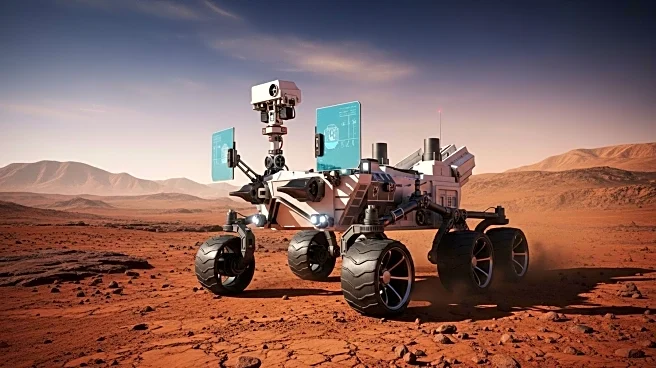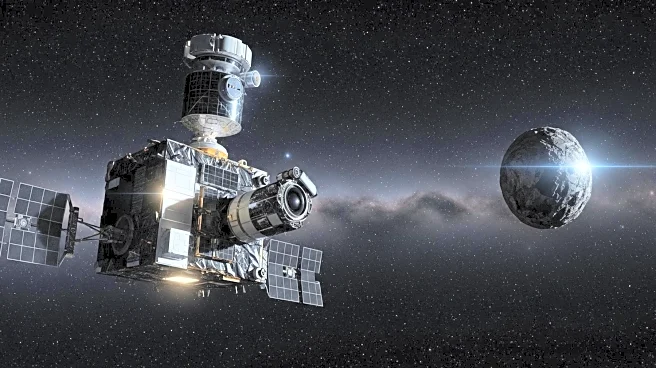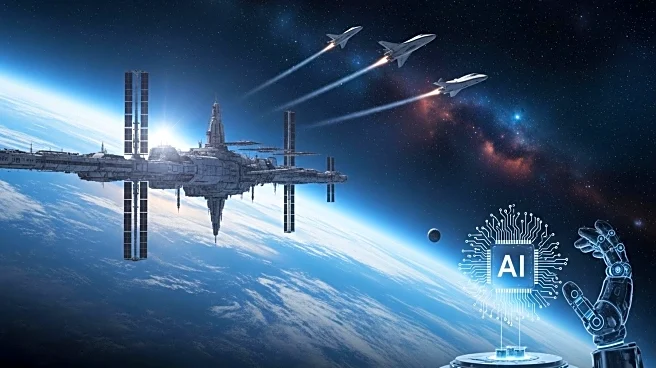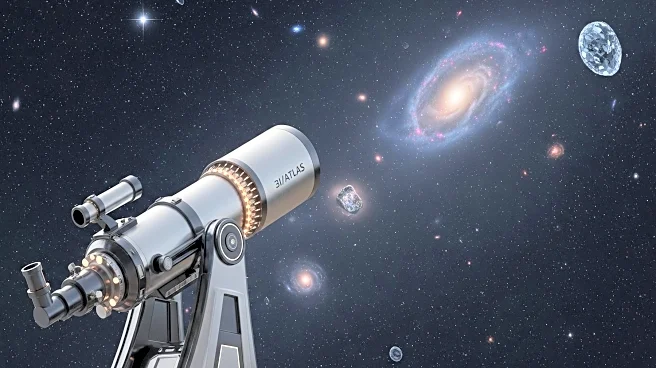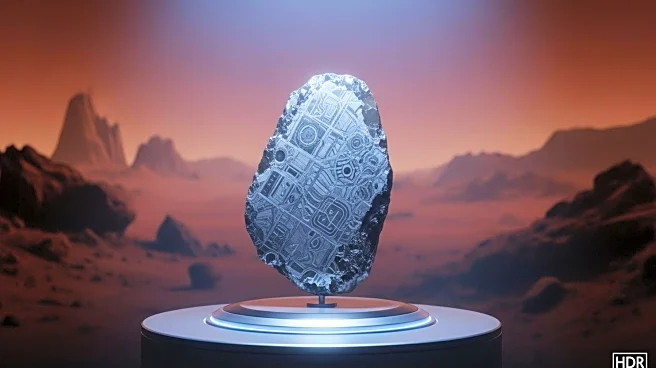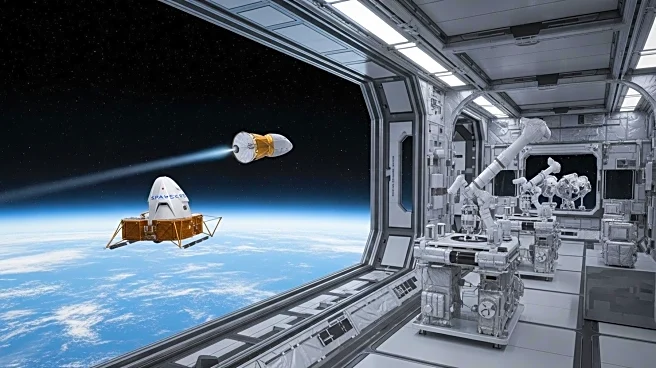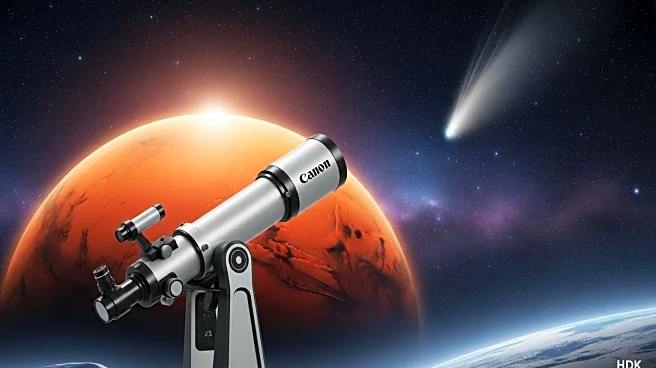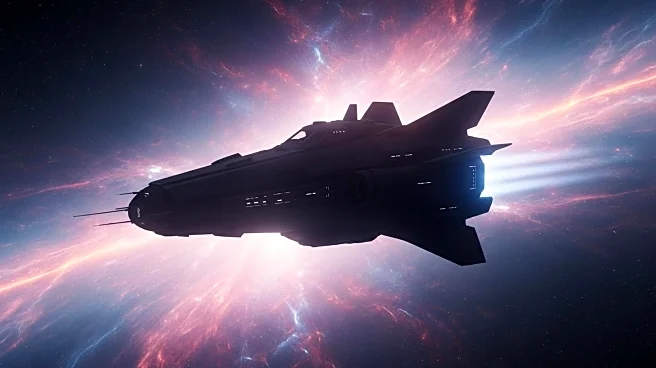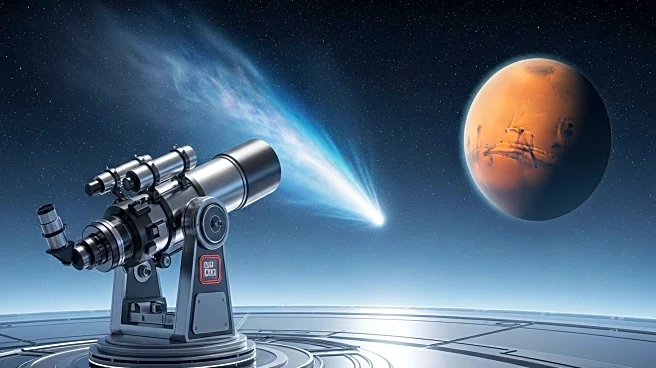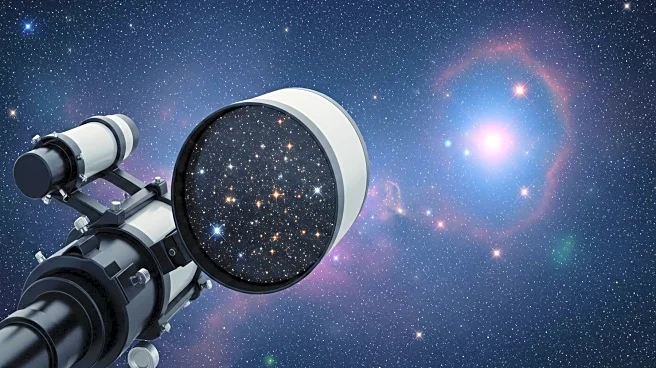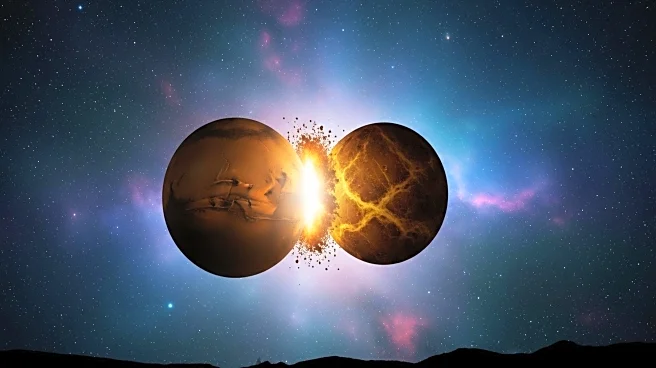What is the story about?
What's Happening?
On September 3, 1976, Viking 2 successfully landed on Mars, following its predecessor Viking 1. Both landers shared a mission to map Mars, observe weather patterns, investigate the surface, measure temperatures, and search for life. Viking 2 landed in Utopia Planitia, near the Martian polar ice cap, to increase the chances of finding life. Although the search for life was inconclusive, the missions exceeded their planned lifespans, transmitting over 52,000 images and extensive data on Martian terrain and climate.
Why It's Important?
The Viking missions marked a significant advancement in planetary exploration, providing invaluable data that has shaped our understanding of Mars. The success of these missions laid the groundwork for future Mars exploration, influencing subsequent missions and research. The data collected continues to inform scientific studies and inspire new generations of space explorers, contributing to the ongoing quest to understand Mars and the potential for life beyond Earth.
Beyond the Headlines
The Viking missions highlighted the challenges and possibilities of interplanetary exploration, sparking interest in Mars as a target for future missions. The inconclusive search for life has driven further scientific inquiry, leading to more sophisticated missions aimed at uncovering Mars' secrets. The legacy of Viking continues to influence space policy and exploration strategies, emphasizing the importance of international collaboration in the quest for knowledge.
AI Generated Content
Do you find this article useful?
